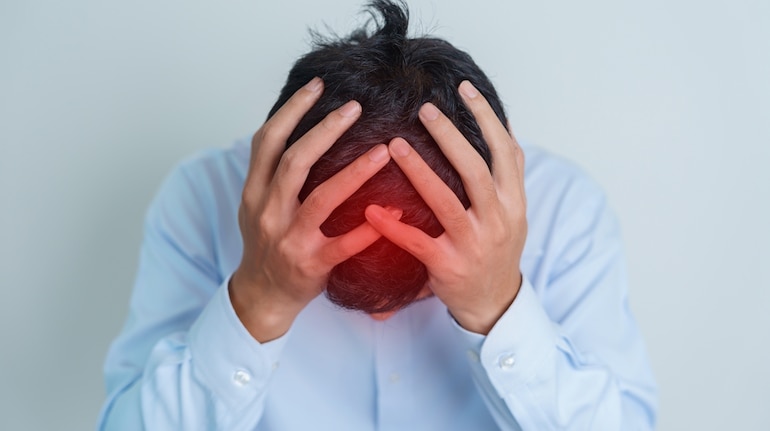
The Journey After Stroke
Once the immediate crisis has passed, the road to recovery begins. Stroke can impact movement, speech, thinking, and emotional well-being. Comprehensive stroke treatment in the recovery phase aims to restore these functions.
Core Components of Stroke Recovery
1. Physical Therapy
Helps improve strength, coordination, and balance. Exercises are customized based on the location and severity of the stroke.
2. Occupational Therapy
Focuses on regaining skills for daily living activities such as dressing, bathing, and eating. Therapists also teach adaptive strategies.
3. Speech and Language Therapy
Vital for stroke survivors with communication or swallowing difficulties. Techniques include speech drills, language comprehension activities, and exercises for muscle control.
4. Neuropsychological Support
Addresses memory loss, attention deficits, and emotional challenges like depression and anxiety.
5. Nutritional Counseling
A balanced diet plays a crucial role in recovery and stroke prevention. Dieticians recommend heart-healthy foods that lower blood pressure and cholesterol.
Personalized Stroke Treatment Plans
Every stroke survivor is unique. Factors influencing treatment include:
Type and severity of the stroke
Age and overall health
Previous medical conditions
Social support system
Interdisciplinary teams collaborate to create customized plans involving physicians, therapists, nurses, and family members.
Importance of Early Rehabilitation
Studies show that early and intensive rehabilitation leads to better recovery outcomes. Most improvements occur in the first 3 to 6 months, but gains can continue for years with consistent stroke treatment.
Home-Based and Outpatient Recovery Programs
Not all patients require inpatient rehab. Alternatives include:
Home health care: Therapy conducted in the patient’s home
Outpatient programs: Scheduled sessions at rehab centers
Community resources: Support groups and educational workshops
Adaptive Equipment and Technology
Tools that aid in recovery:
Walkers and canes
Communication devices
Smart home systems for safety
Wearable rehab devices and mobile apps
Family and Caregiver Involvement
Caregivers play an essential role in the recovery journey. Training, emotional support, and respite care can help prevent burnout and improve outcomes.
Preventing Future Strokes
Post-recovery care includes:
Blood pressure control
Cholesterol management
Diabetes monitoring
Anticoagulant or antiplatelet medications
Smoking cessation and regular exercise
These strategies not only support healing but also serve as preventive stroke treatment to reduce recurrence.
Emotional and Social Recovery
Recovery is not just physical. Social reintegration, therapy, and peer support groups are vital for emotional resilience. Encouraging hobbies, volunteering, or part-time work can enhance mental well-being.
FAQs
Q1: How long does stroke recovery usually take?
Recovery times vary, but many patients show the most progress in the first 3–6 months. Long-term stroke treatment can extend for a year or more.
Q2: Can a person regain full function after a stroke?
Yes, with early and consistent stroke treatment, some people recover fully, while others may experience partial improvement.
Q3: What therapies are most important in stroke recovery?
Physical, occupational, and speech therapy are key elements of stroke rehabilitation.
Q4: Is home therapy effective after stroke?
Yes, many patients benefit from home-based stroke treatment if they are medically stable and have support.
Q5: How can families help during stroke recovery?
By providing physical assistance, emotional support, and encouraging participation in therapy sessions.